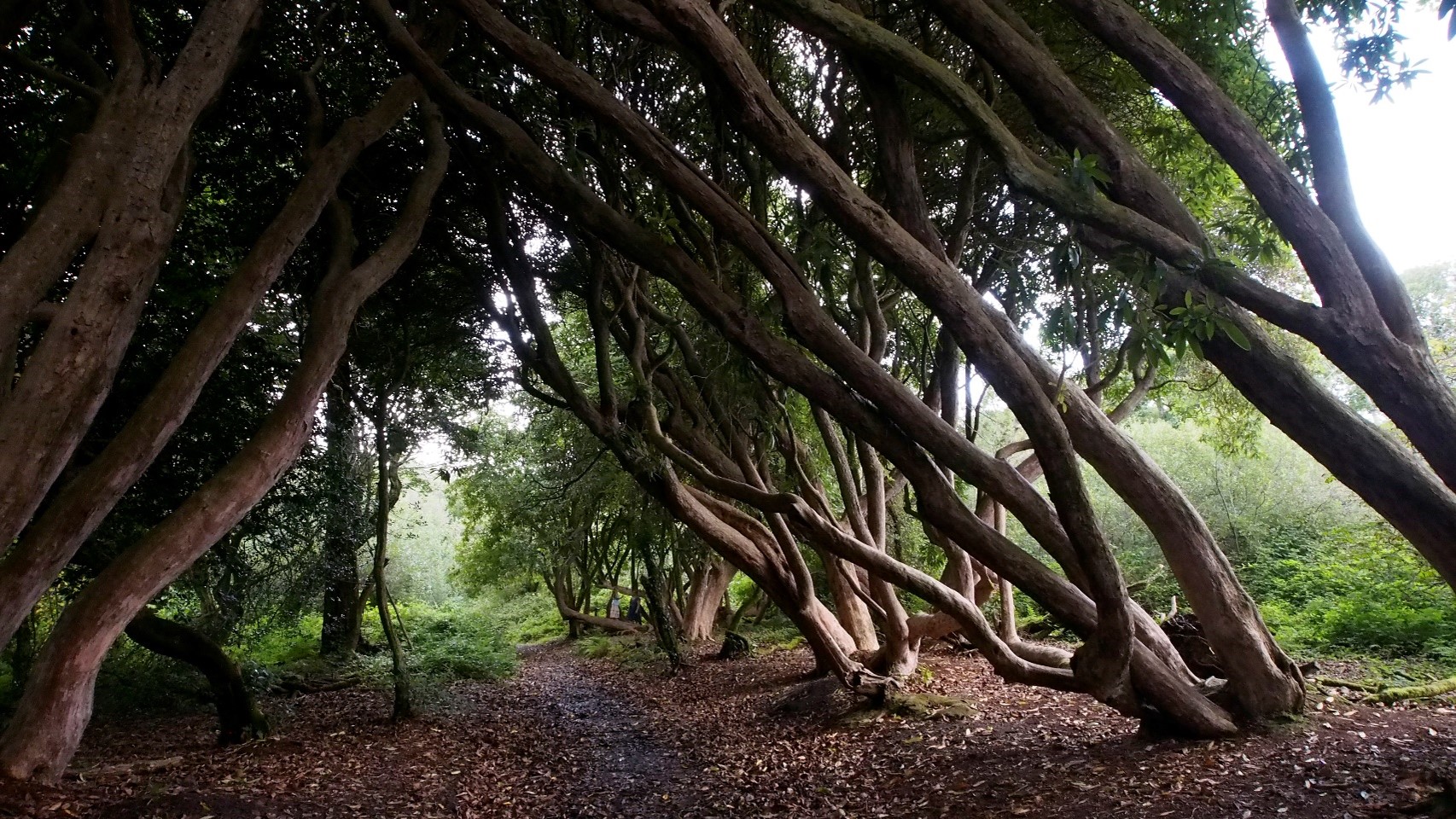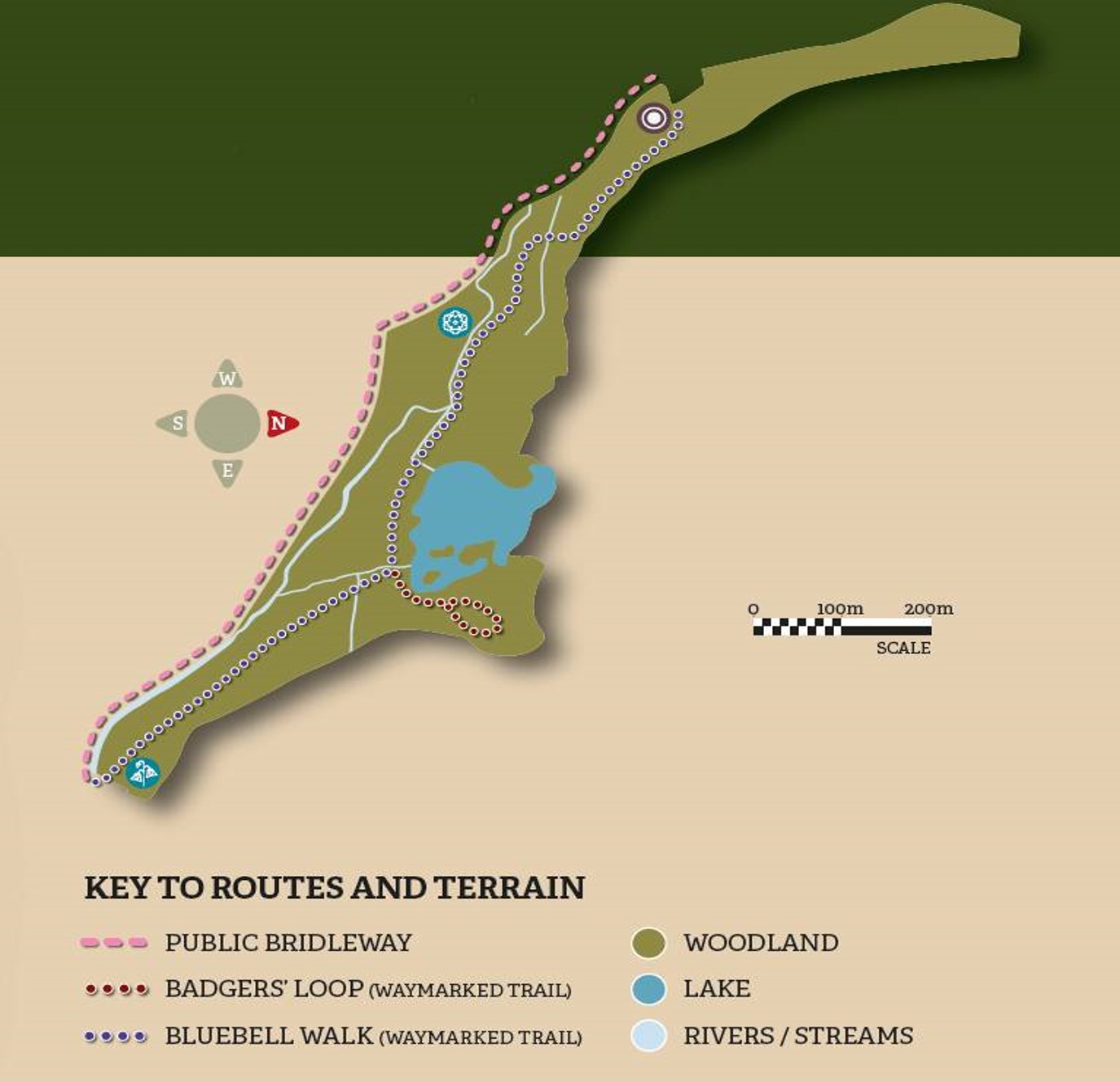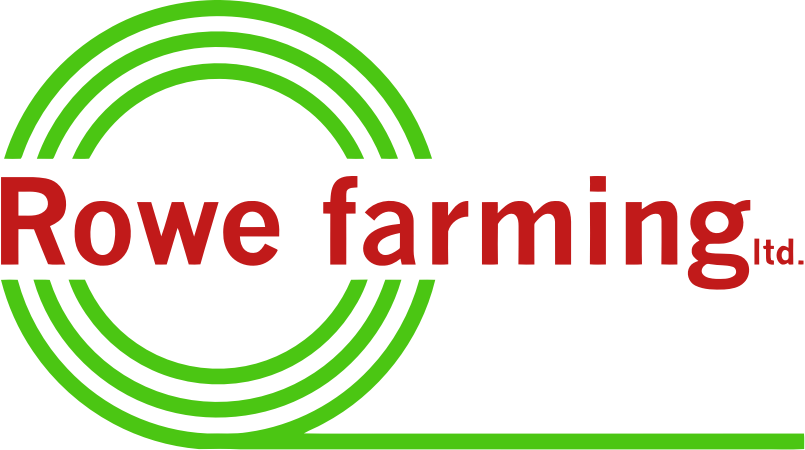Rowe Farming are proud sponsors of the Pendarves Wood Nature Reserve.
Our main site of Pendarves Farm sits on the former site of the Pendarves estate, and now adjoins the Pendarves Wood Nature Reserve. This beautiful reserve is an important place for people and wildlife. It also has a rich and interesting history.
The Pendarves family rose to prominence in Cornwall during the sixteenth to eighteenth centuries as local land and mine owners. Pendarves Wood nature reserve, as you see it now, is what would have made up part of an elaborate ornamental garden that would have accompanied the Pendarves Estate Manor house. Many features of the garden can still be seen today including the lake, the remnants of various outbuildings and 250 year old red rhododendrons, planted along the original driveway to the house.

Picture courtesy of Ben Watkins
The site was leased from the Duchy to Cornwall Wildlife Trust in 1976 and has since been managed to support a huge variety of wildlife. Its also an important site for education and many local schools use the reserve for outdoor learning activities.
Rowe Farming have acted as reserve guardians for the Pendarves Woods for a number of years proudly supporting the Wildlife Trust’s work to preserve this rare gem.
Pendarves Woods offers up a variety of different habitats, all of which offer a chance for certain species to thrive.
Photo courtesy of Steve Hargreaves
The majority of the nature reserve is a mixed broadleaved woodland. This makes it an excellent spot for birds. Throughout the year you might hear the familiar alarm call of the song thrush with its sharp scolding notes. Chiffchaffs can also often be identified by their onomatopoeic calls and spotted fly catchers can been seen in summer months performing aerial acrobatics, catching insects mid-flight. You might even be lucky enough to see a great spotted woodpecker by following their familiar knocking sounds.

The large freshwater lake at Pendarves Wood was created in the 18th century as an ornamental fish
pond. Its fed by the Connor stream and drains into the Red river. Today its home to many species both above and below the surface.
The lake covers almost 1.6 hectares and is mainly dominated common duckweed and beautiful water lily.
If you approach the lake quietly, you can often see grey herons and little egrets fishing by the waters
edge. Kingfishers can also been seen as a neon blur as they fly by or perched on branches, looking for prey beneath the water.
Dragonfly can also be spotted by the lake, as well as stickle backs, palmate newts, frogs and common
toads.




 EN
EN